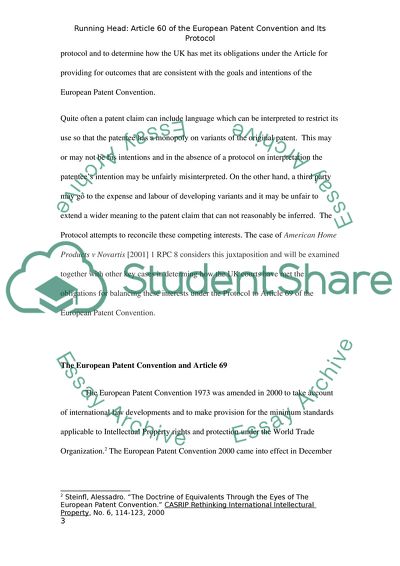Cite this document
(“International and Comparative Patent Law: American Home Products v Essay”, n.d.)
International and Comparative Patent Law: American Home Products v Essay. Retrieved from https://studentshare.org/miscellaneous/1545142-international-and-comparative-patent-law-american-home-products-v-novartis-2001-rpc-159-elevates-the-protocol-questions-to-the-test-for-patent-infringement
International and Comparative Patent Law: American Home Products v Essay. Retrieved from https://studentshare.org/miscellaneous/1545142-international-and-comparative-patent-law-american-home-products-v-novartis-2001-rpc-159-elevates-the-protocol-questions-to-the-test-for-patent-infringement
(International and Comparative Patent Law: American Home Products V Essay)
International and Comparative Patent Law: American Home Products V Essay. https://studentshare.org/miscellaneous/1545142-international-and-comparative-patent-law-american-home-products-v-novartis-2001-rpc-159-elevates-the-protocol-questions-to-the-test-for-patent-infringement.
International and Comparative Patent Law: American Home Products V Essay. https://studentshare.org/miscellaneous/1545142-international-and-comparative-patent-law-american-home-products-v-novartis-2001-rpc-159-elevates-the-protocol-questions-to-the-test-for-patent-infringement.
“International and Comparative Patent Law: American Home Products V Essay”, n.d. https://studentshare.org/miscellaneous/1545142-international-and-comparative-patent-law-american-home-products-v-novartis-2001-rpc-159-elevates-the-protocol-questions-to-the-test-for-patent-infringement.


